Until now, Ke Danh rice cake has been famous throughout the region. Explaining the meaning of the phrase Ke Danh rice cake, according to Ms. Nguyen Thi Hong Phuong (OCOP product owner), Ke Danh is the ancient name for Dinh Xa village, or in other words, Dinh Xa village rice cake.
In the past, there were many people in the village making banh duc, the products were sold in markets near and far, so when talking about banh duc Ke Danh, people remember this rustic but equally attractive dish.
Q5 rice is soaked in lime water to make rice cakes.
To make delicious batches of banh duc, Ms. Phuong chooses Q5 rice and soaks it in lime water from the night before until the next morning (about 6 - 8 hours). After soaking, Q5 rice turns from white to light yellow.
After being scooped out, the rice is rinsed several times under clean running water to remove the lime smell before being ground. When grinding the rice, Ms. Phuong carefully adjusts the water source into the grinder to ensure the flour has the right consistency, not too thick or too mushy.
The soul of banh duc cannot be without roasted peanuts that are crispy. After roasting the peanuts, Mrs. Phuong turned to light the fire, put the large pot on the stove to prepare to cook the dough. According to Mrs. Phuong, banh duc must be cooked over a fire to be delicious. The pot of dough was simmered, stirred constantly for more than 1 hour.
Mrs. Phuong chose roasted, crispy peanuts to mix with the rice flour.
At first, the rice flour was not thick enough to be stirred, so the mixing was quite gentle. As time went on, the flour became thicker, making the job more difficult. At times, Ms. Phuong had to use a mixer to keep the flour from clumping and to make it smooth and thick.
When the dough is cooked, Mrs. Phuong starts pouring in the peeled roasted peanuts and stirs for a while. Then, she takes a handful of straw and burns it around the pot to let the dough cook thoroughly, drains the pot before removing it from the heat.
While waiting for the pot of flour, Mrs. Phuong turned to cut banana leaves to line the bottom of the cake mold to prepare to pour the flour and shape the cake.
The cake is poured into the mold and cut into pieces.
The pot of sticky, fragrant banh duc after being poured into the mold is spread evenly, sprinkled with sesame on the surface. When finished, let the cake tray cool completely, Mrs. Phuong continues to cut into small pieces, divide into bite-sized pieces and pack into boxes.
The finished product of Banh Duc is milky white, dotted with peanuts and a layer of sesame seeds on top. Mrs. Phuong's Banh Duc is delicious because it does not have the strong taste of lime, instead it is refreshing, and when dipped with Ban sauce, it is very flavorful.
The cake is soft, crispy, chewy, and has the rich flavor of peanuts and the aroma of sesame. Because the cake is delicious, diners who want to enjoy it must call to order because Mrs. Phuong's rice cake is not sold in bulk.
According to the elders in Nguyet Duc commune, banh duc has been a popular local dish since the 60s of the last century. The people of Dinh Xa village have had a tradition of cooking banh duc since ancient times. Banh duc dipped in soy sauce is delicious, but it is even more delicious when eaten with crab soup, sour soup, etc.
Witnessing the process of making banh duc at Mrs. Phuong’s house, we could see the meticulousness and thoroughness from the preparation, processing to packaging and preserving of the product. In particular, the source of raw materials for making the cake must be carefully selected, purchased from local agricultural products such as Q5 rice, peanuts, sesame…
Ms. Nguyen Thi Hong Phuong, owner of a rice cake production and processing facility, said: “Nowadays, making rice cake is easier because there are machines to support it. In the past, the dough was done manually and was very hard work. Especially in the summer, the hot stove combined with the dough required the worker to be in good health."
Recognized as an OCOP product, Mrs. Phuong's rice cake has affirmed its brand and quality in the market. For the people of Nguyet Duc commune, rice cake is not only a dish associated with the cultural traditions of the local people, but also opens up the potential for a promising local OCOP product.
Article and photos: Ha Tran
Source: https://baovinhphuc.com.vn/vi-vn/Tin-t%E1%BB%A9c/Id/119365/Banh-duc-ba-Phuong-nuc-tieng-gan-xa


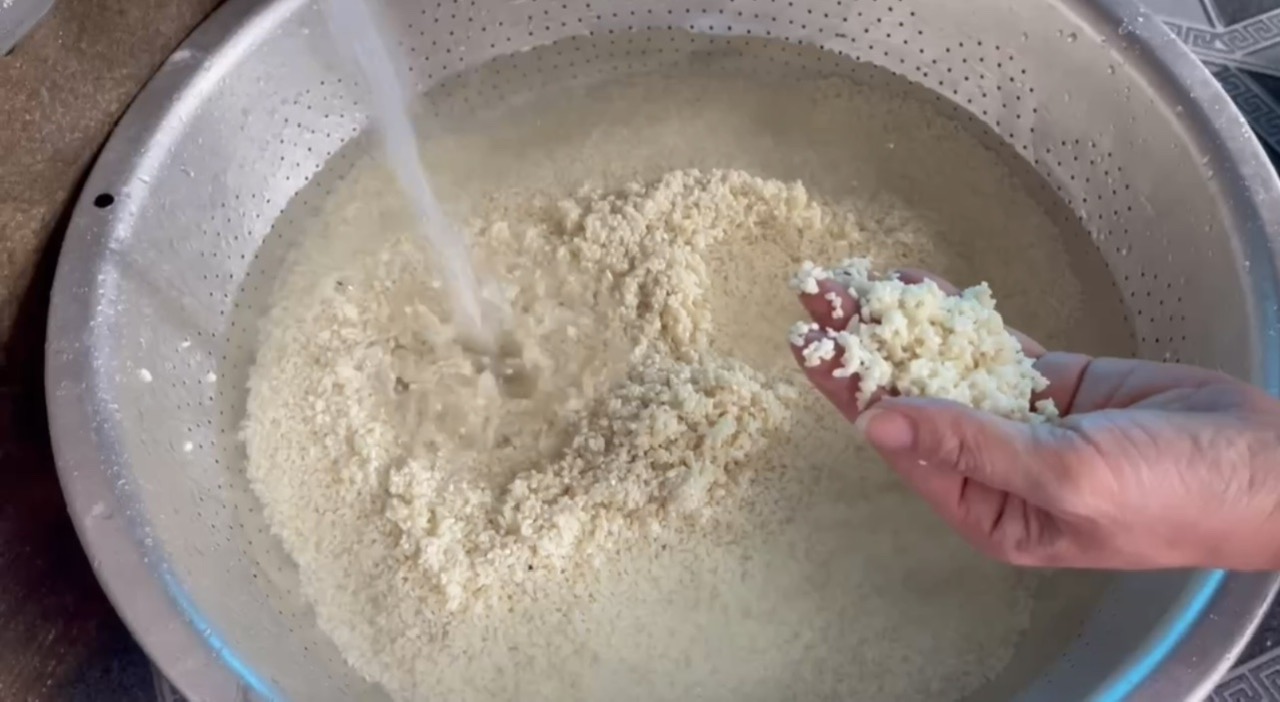
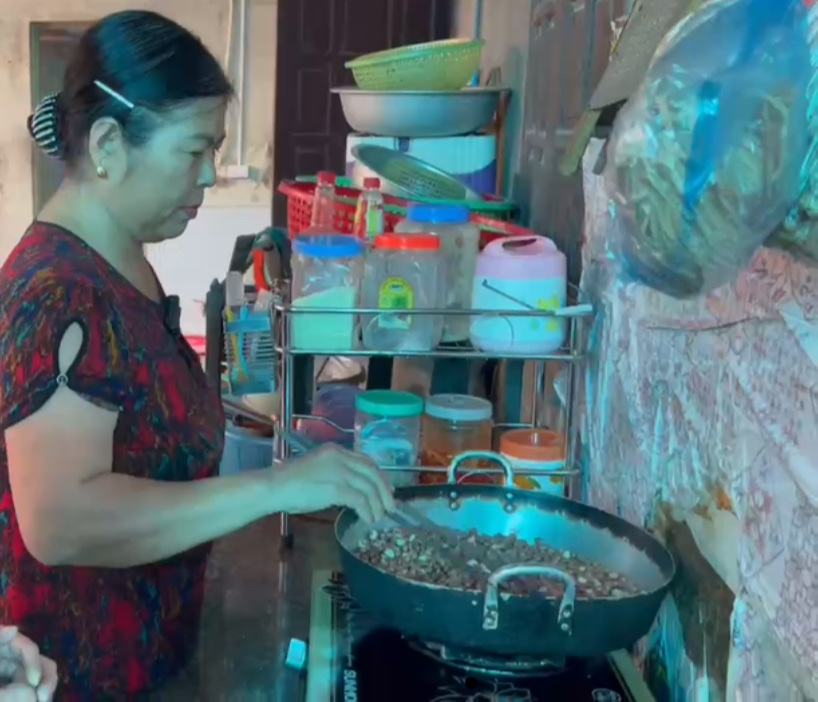
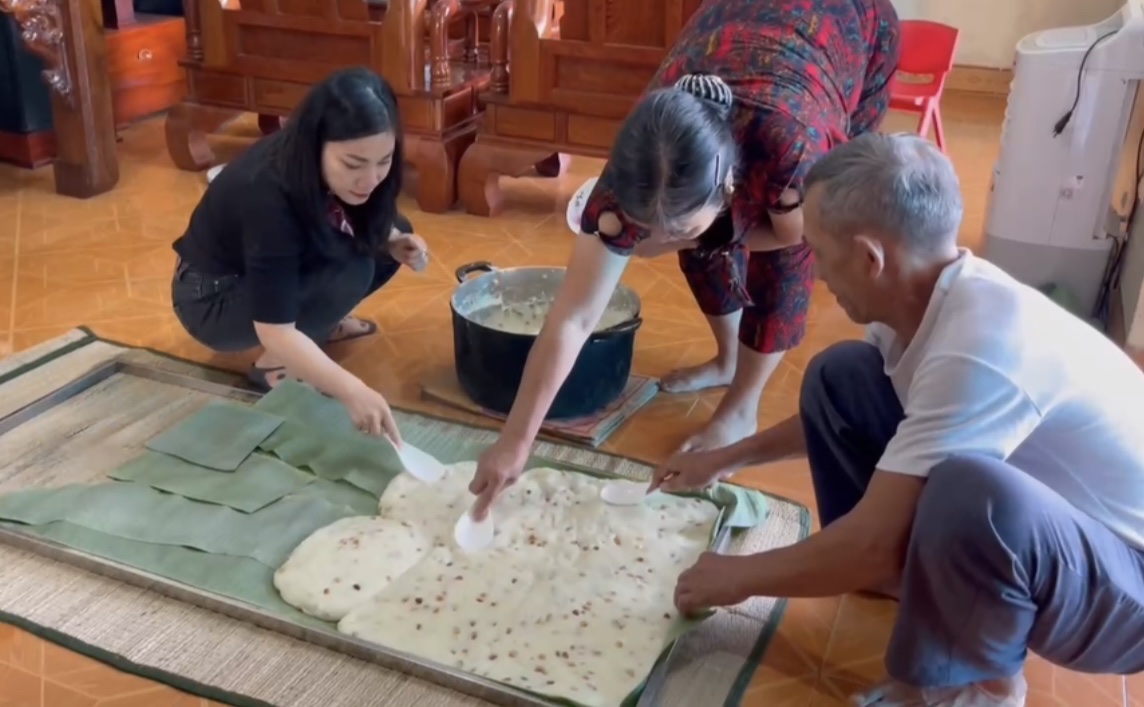


![[Photo] Nearly 104,000 candidates in Hanoi complete procedures to take the 10th grade entrance exam](https://vphoto.vietnam.vn/thumb/1200x675/vietnam/resource/IMAGE/2025/6/7/7dbf58fd77224eb583ea5c819ebf5a4e)





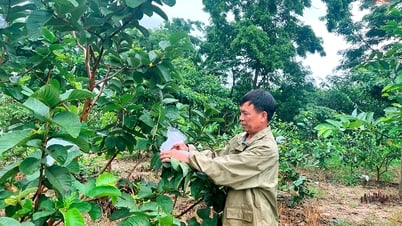
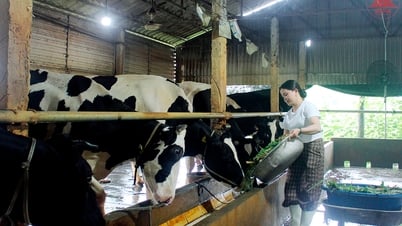







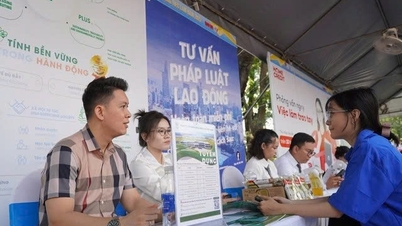







![[Photo] President Luong Cuong works with Hung Yen and Thai Binh Provincial Party Committees on implementing Resolution of the 11th Central Conference, 13th tenure](https://vphoto.vietnam.vn/thumb/1200x675/vietnam/resource/IMAGE/2025/6/6/127b735d2761484d81dcee0d7725a25b)





























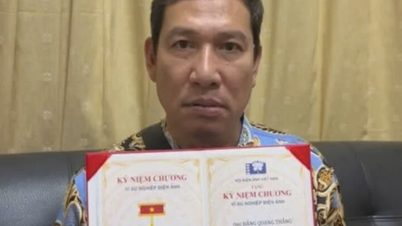




























![[OCOP REVIEW] Tu Duyen Syrup - The essence of herbs from the mountains and forests of Nhu Thanh](https://vphoto.vietnam.vn/thumb/402x226/vietnam/resource/IMAGE/2025/6/5/58ca32fce4ec44039e444fbfae7e75ec)




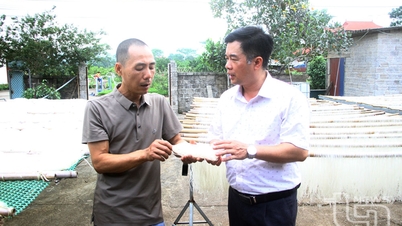

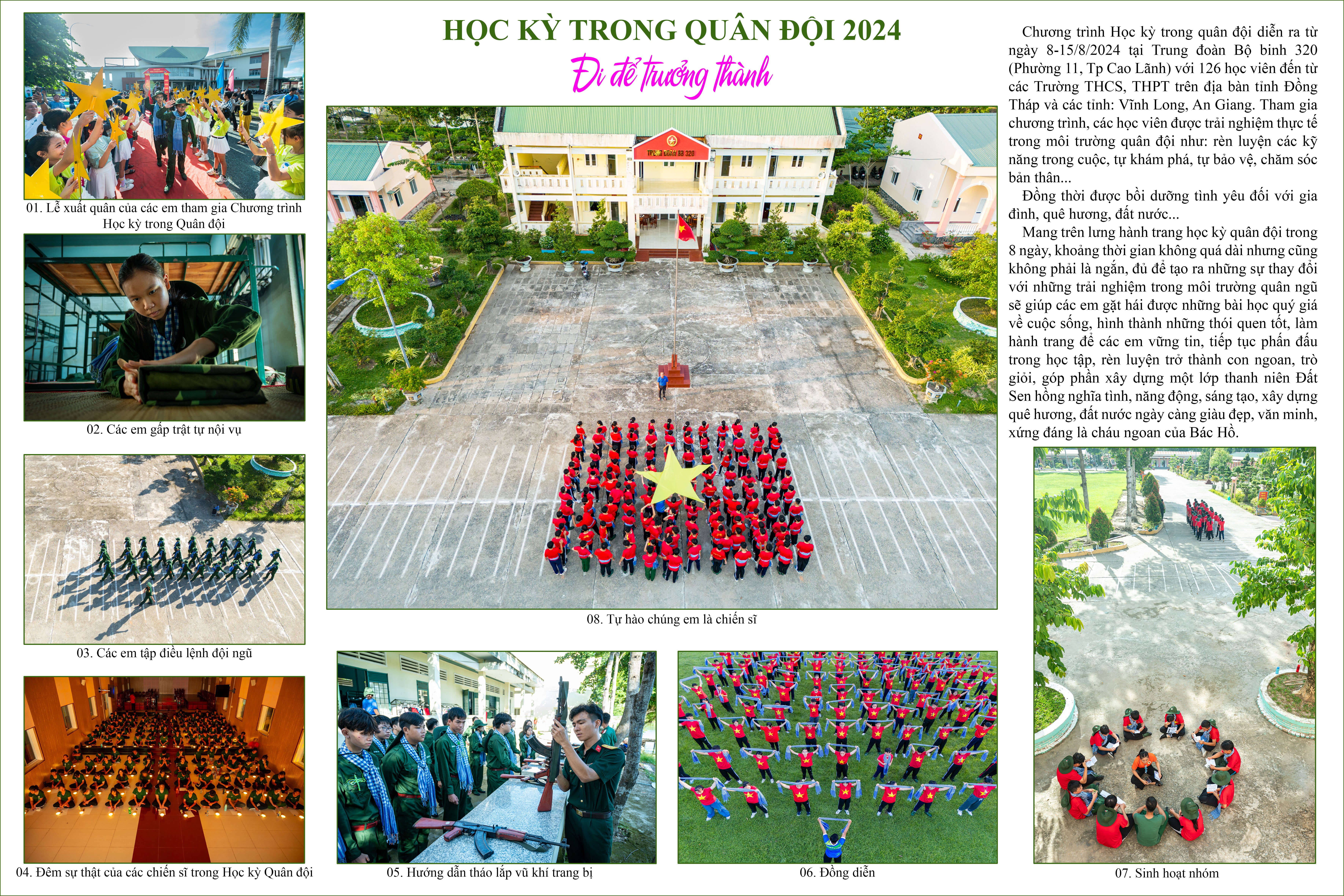



Comment (0)